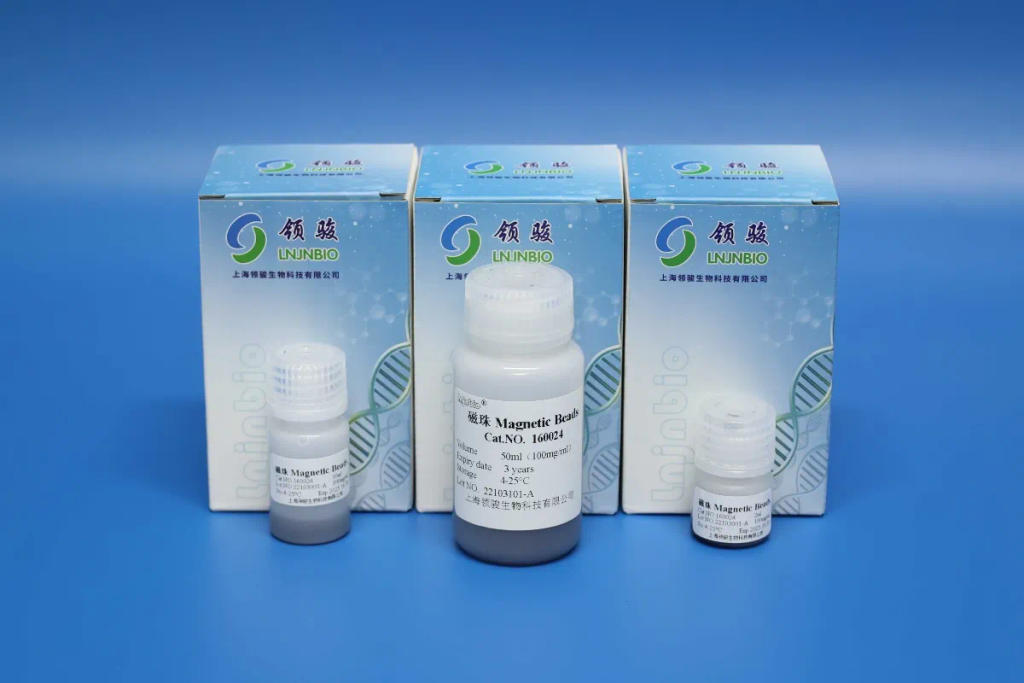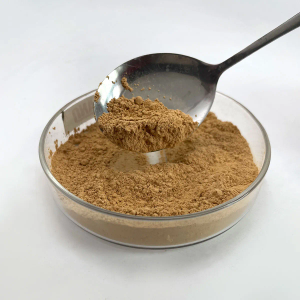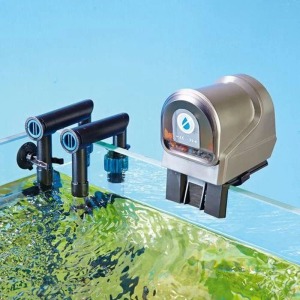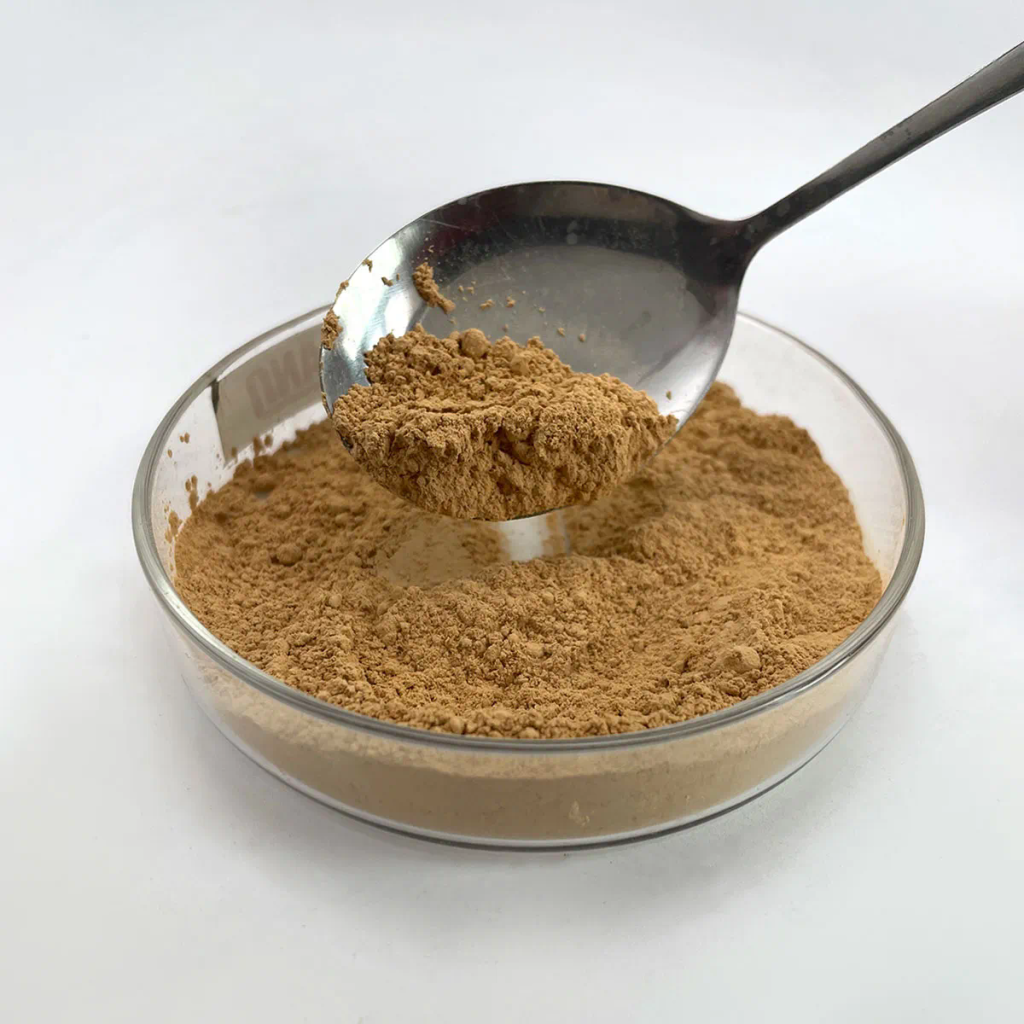Nucleic Acid Extraction and Purification Strategies in Saliva and Swab Samples
Nucleic acid extraction and purification are critical steps in molecular biology, particularly when working with biological samples such as saliva and swabs. These materials often serve as valuable sources for genetic material, enabling various applications in diagnostics, forensic analysis, and research studies. The efficiency and reliability of downstream applications hinge on the quality of nucleic acids obtained from these samples. Here, we will explore the diverse strategies for extracting and purifying nucleic acids from saliva and swab samples, providing a comprehensive overview of the methods, challenges, and innovations in this field.
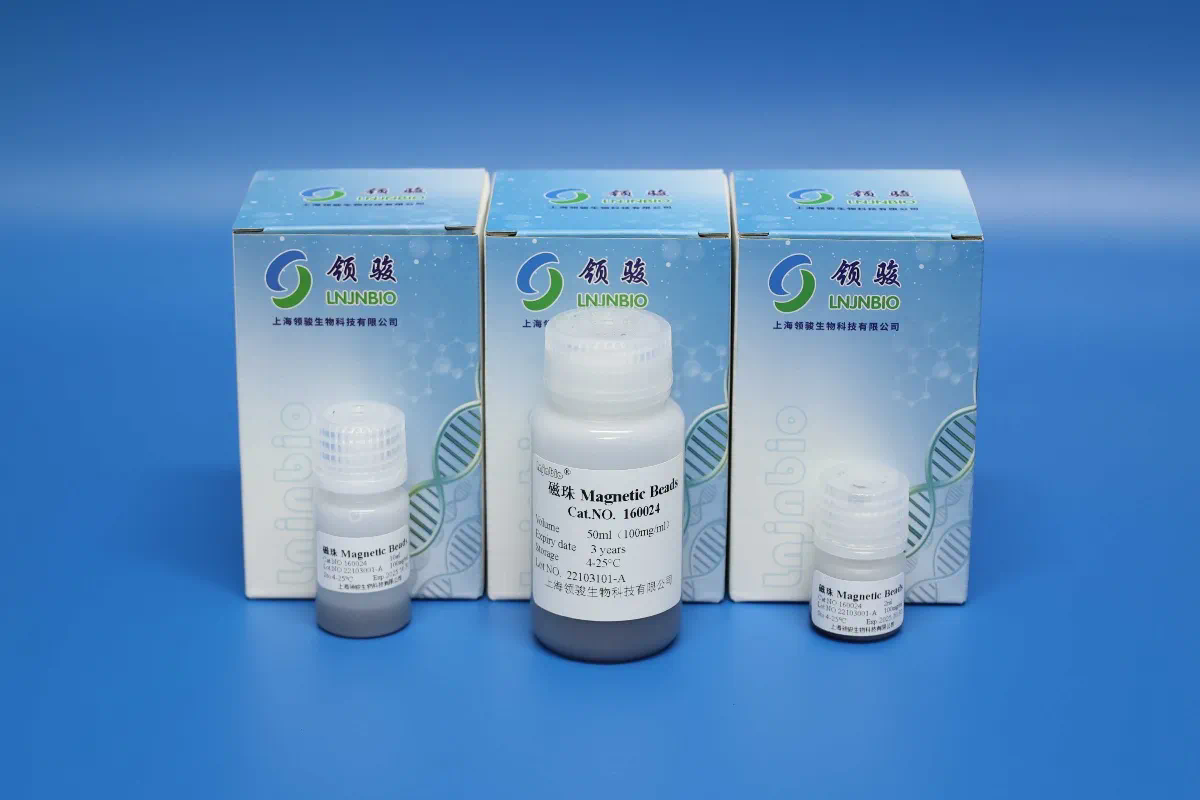
Saliva as a Sample Source
Saliva is increasingly recognized as a non-invasive and easily obtainable biofluid that contains a wealth of information about the human genome. It comprises various components, including water, electrolytes, mucus, enzymes, and cells, all of which contribute to the complexity of nucleic acid extraction. Salivary nucleic acids can originate from different sources, including epithelial cells, microorganisms, and free circulating DNA (cfDNA).
Traditional methods for nucleic acid extraction from saliva often involved phenol-chloroform extraction, but more recent advancements have led to the development of specialized kits and protocols that enhance yield and purity. The use of silica-based spin columns, magnetic beads, and automated systems has revolutionized the extraction process, making it faster and more efficient.
Swab Samples: A Brief Overview
Swab samples, commonly used in clinical diagnostics, forensic investigations, and environmental monitoring, also present unique challenges for nucleic acid extraction. Swabs can be made from various materials such as cotton, foam, or Dacron, each affecting the recovery of nucleic acids differently. The choice of swab material can influence the binding characteristics of nucleic acids and the subsequent extraction efficiency.
Typically, swabs are used to collect samples from mucosal surfaces, such as the throat, nasal passages, or wounds. The presence of blood, mucus, and other contaminants can complicate nucleic acid extraction, necessitating robust purification strategies to eliminate inhibitors that might interfere with downstream applications like PCR.
Extraction Methods: An Overview
Nucleic acid extraction methods can be broadly categorized into two groups: organic solvent-based methods and solid-phase extraction methods. Each method has its advantages and limitations, and the choice of technique often depends on the specific requirements of the analysis.
Organic Solvent-Based Methods
These traditional techniques involve the use of organic solvents to separate nucleic acids from proteins and other cellular components. One of the most well-known methods is phenol-chloroform extraction, which exploits the differential solubility of nucleic acids and proteins. While this method can yield high-quality DNA or RNA, it is labor-intensive and involves hazardous chemicals that require careful handling.
Solid-Phase Extraction Methods
Solid-phase extraction methods have gained popularity due to their ease of use and ability to produce high-purity nucleic acids. Silica-based membranes and magnetic beads are common materials used in these techniques. When mixed with lysates, silica particles bind nucleic acids in the presence of high salt concentrations. Following serum/plasma free DNA extraction and purification several wash steps to remove contaminants, nucleic acids can be eluted in a low-salt buffer or water.
Magnetic bead-based extraction has become particularly popular for its automation potential. Many commercial kits utilize this strategy, providing researchers with user-friendly protocols that minimize hands-on time and reduce the risk of contamination.
Optimizing Extraction Protocols
Regardless of the chosen method, optimizing extraction protocols is crucial for maximizing yield and purity. Several factors must be considered, including sample volume, lysis buffer composition, incubation times, and temperature. For saliva samples, the viscosity and protein content can hinder nucleic acid release, necessitating the addition of detergents or proteases to enhance lysis.
For swab samples, pre-treatment steps such as vortexing or sonication can improve nucleic acid recovery by breaking down cellular debris and increasing the availability of target nucleic acids. Additionally, the use of carrier RNA or co-extraction of a known standard can help assess the efficiency of the extraction process.
Quality Assessment of Extracted Nucleic Acids
Once nucleic acids are extracted, it is essential to assess their quality and quantity before proceeding to downstream applications. Spectrophotometry is a common method for determining nucleic acid concentration and purity by measuring absorbance at specific wavelengths (260 nm for nucleic acids and 280 nm for proteins). A ratio of absorbance readings (A260/A280) provides insight into potential contamination by proteins, while an A260/A230 ratio indicates contamination from organic compounds or chaotropic salts.
Additionally, gel electrophoresis can visualize the integrity of RNA or DNA, allowing researchers to assess the presence of degradation or fragmentation. High-quality nucleic acids exhibit distinct band patterns, whereas degraded samples may show smearing or no clear bands.
Challenges in Nucleic Acid Extraction
Despite technological advancements, several challenges persist in the extraction and purification of nucleic acids from saliva and swab samples. Inhibitory substances present in these samples can impede enzymatic reactions during PCR and other applications. Common inhibitors include heme from blood, polysaccharides from saliva, and certain proteins.
To mitigate these issues, researchers often implement additional purification steps or use specialized kits designed to eliminate inhibitors. Furthermore, the presence of microbial DNA in saliva and swab samples can complicate analyses, especially in studies targeting human nucleic acids. Careful consideration of the sampling site and method can help address these concerns.
Emerging Technologies in Nucleic Acid Extraction
The field of nucleic acid extraction is continuously evolving, with emerging technologies aimed at improving efficiency and reproducibility. Innovations in microfluidics, for example, allow for the miniaturization of extraction protocols, facilitating rapid and automated processing of multiple samples.
Next-generation sequencing (NGS) has also driven advancements in extraction methods, as high-throughput approaches require consistent and high-quality nucleic acid inputs. As a result, many manufacturers are developing kits specifically tailored for sequencing applications, ensuring compatibility with library preparation workflows.
Applications of Extracted Nucleic Acids
The nucleic acids extracted from saliva and swab samples have a wide range of applications, extending beyond basic research. In clinical diagnostics, saliva-based tests for infectious diseases such as COVID-19 have gained prominence, offering a less invasive alternative to nasopharyngeal swabs. The ability to detect viral RNA in saliva has significant implications for public serum/plasma viral nucleic acid extraction health strategies and disease management.
In forensic science, swab samples collected from crime scenes are pivotal for DNA profiling and identification of individuals. Advances in nucleic acid extraction techniques have enhanced the sensitivity and specificity of forensic analyses, enabling the recovery of DNA from challenging samples.
Furthermore, epidemiological studies benefit from the utilization of saliva as a biomarker source, allowing for the investigation of gene-environment interactions and population genetics without the need for invasive procedures.
Future Directions
Looking ahead, there is a growing emphasis on the development of rapid, cost-effective, and user-friendly nucleic acid extraction methods. As personalized medicine and genomics continue to gain traction, the demand for high-quality nucleic acids will rise. Researchers are exploring novel materials and technologies, such as CRISPR-based extraction methods and nanomaterials, to enhance the efficiency of nucleic acid recovery.
In summary, the extraction and purification of nucleic acids from saliva and swab samples remain critical components of modern molecular biology. As methodologies improve and new technologies emerge, the potential applications of extracted nucleic acids will expand, contributing to advancements in healthcare, forensic analysis, and scientific research. Embracing these innovations will ensure that researchers can harness the full power of nucleic acids, unlocking new insights into genetics, disease, and human health.
